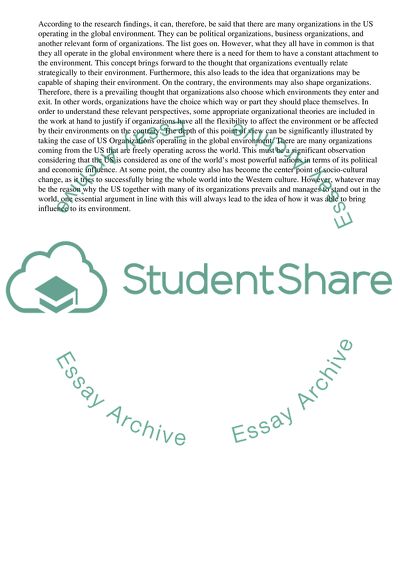Cite this document
(“U.S. Organizations Operating in the Global Environment Research Paper”, n.d.)
U.S. Organizations Operating in the Global Environment Research Paper. Retrieved from https://studentshare.org/business/1628946-us-organizations-operating-in-the-global-environment
U.S. Organizations Operating in the Global Environment Research Paper. Retrieved from https://studentshare.org/business/1628946-us-organizations-operating-in-the-global-environment
(U.S. Organizations Operating in the Global Environment Research Paper)
U.S. Organizations Operating in the Global Environment Research Paper. https://studentshare.org/business/1628946-us-organizations-operating-in-the-global-environment.
U.S. Organizations Operating in the Global Environment Research Paper. https://studentshare.org/business/1628946-us-organizations-operating-in-the-global-environment.
“U.S. Organizations Operating in the Global Environment Research Paper”, n.d. https://studentshare.org/business/1628946-us-organizations-operating-in-the-global-environment.


